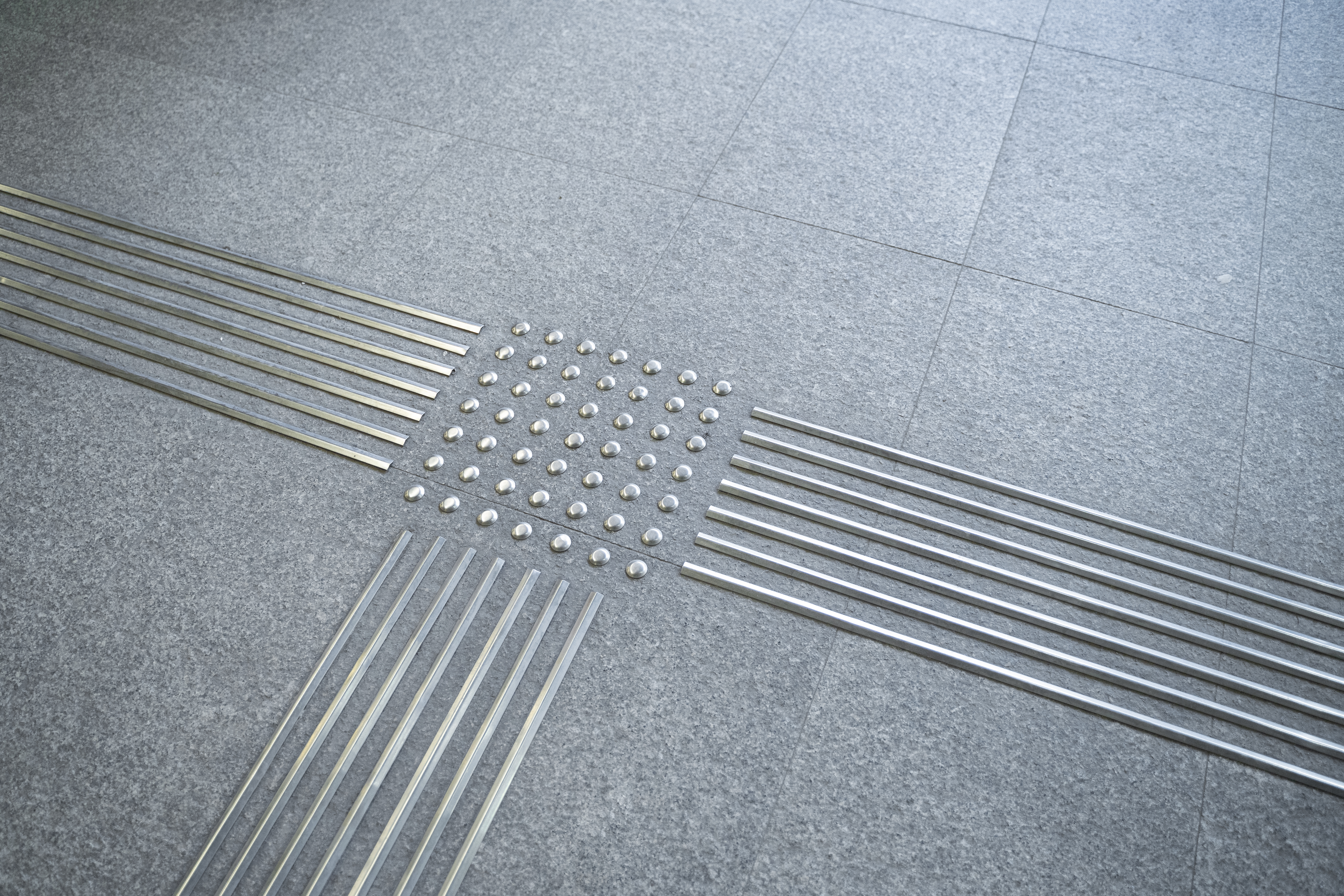Top 6 Substitutes For Kitty Litter In Winter Ice Control

While kitty litter is commonly used for ice control in winter, there are other options available. However, many of these alternatives have negative impacts on humans, pets, and the environment. Here we discuss six substitutes for kitty litter, highlighting their drawbacks alongside recommending Safe Paw as a safer option
Salt Free Ice Melt
1. Sand: Limited Effectiveness And Messy Residue
Sand is often used as a substitute for kitty litter to provide traction on icy surfaces. However, it does not melt ice and can lead to messy residues that require extensive cleanup. Furthermore, sand can clog drains and contribute to sedimentation in water bodies, posing environmental challenges.
2. Coffee Grounds: Inconsistent And Limited Impact
While using coffee grounds is a creative eco-friendly option, it has significant limitations. They provide minimal traction and do not effectively melt ice. The inconsistency in their application and the limited impact make them a less reliable choice for ice control.
3. Beet Juice Compound: Environmental Concerns
Beet juice mixed with salt is considered a less corrosive alternative to traditional road salt. However, it still contains salt, which can be harmful to the environment. The mixture can lead to soil contamination and pose a risk to local flora and fauna. Additionally, the use of beet juice in large quantities for ice control can be cost-prohibitive.
4. Alfalfa Meal: Not A Practical Solution
Alfalfa meal, primarily used as a fertilizer, is sometimes recommended for ice control. However, its effectiveness in melting ice is minimal. It can also lead to uneven surfaces, posing a risk of slips and falls. Moreover, overuse of alfalfa meal can disrupt the nutrient balance in the soil.
5. Magnesium Chloride: Less Corrosive But Still Risky
Magnesium chloride is a less corrosive alternative to rock salt but still carries risks. It can cause irritation to pets’ paws and is harmful if ingested by animals or young children. Additionally, magnesium chloride can still contribute to metal corrosion and may have adverse effects on water quality.
6. Rock Salt: Highly Corrosive And Environmentally Damaging
Rock salt, the most common ice melt, is known for its corrosive properties. It can damage concrete surfaces, corrode metal, and is harmful to plants. It’s also dangerous for pets, causing irritation and burns on their paws, and can be toxic if ingested. Rock salt's environmental impact is significant, contributing to soil and water pollution.
Safe Paw: A Safe And Effective Alternative
In contrast to these options, Safe Paw is a safe, effective, and environmentally friendly substitute for kitty litter and other ice control products. It is non-toxic, non-corrosive, and safe for pets, people, and the environment. Its efficacy in melting ice at low temperatures and its long shelf life makes it an ideal choice for winter ice control.
Conclusion
While there are several substitutes for kitty litter for ice control, many have negative impacts on health, safety, and the environment. Safe Paw stands out as a superior choice, offering an effective, safe, and environmentally friendly solution to winter ice hazards. By choosing Safe Paw, you ensure the safety and well-being of your family, pets, and the environment.
Comments
Post a Comment